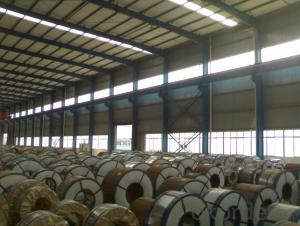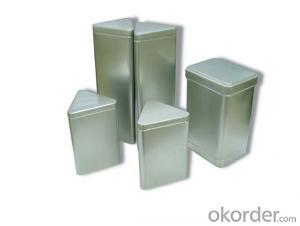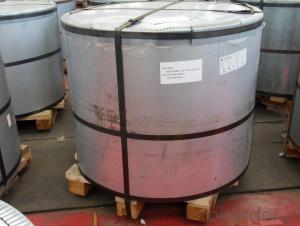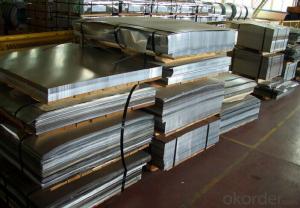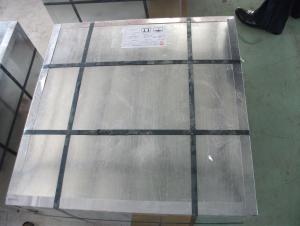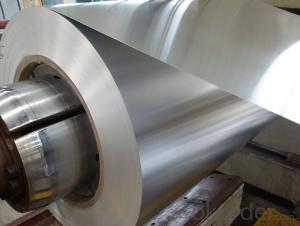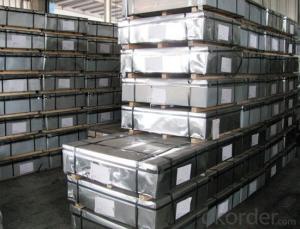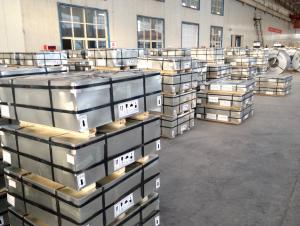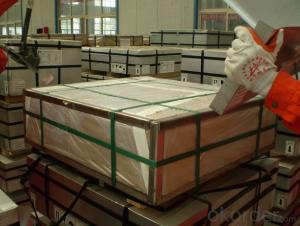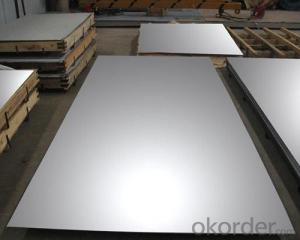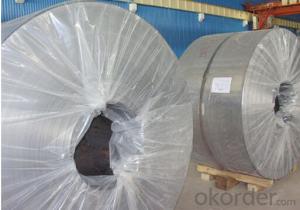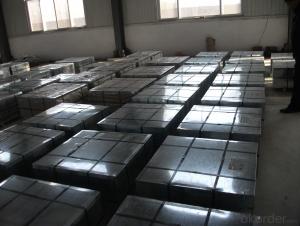Hornby Tinplate Trains
Hornby Tinplate Trains Related Searches
4 By 8 Plastic Sheets Thin Plastic Sheets Flexible Tinplate Coil Quotes Tinplate Iron Clear Plastic Sheets Hard Plastic Sheets 4X8 Lightweight Plastic Sheets Wavy Plastic Sheets White Plywood Sheets Poly Styrene Foam SheetsHot Searches
Tinplate China Tinplate Stock Price Tata Tinplate Price List Tinplate Price Trend Tinplate Nse Share Price Tinplate Price Chart Tinplate Share Price Nse Tata Tinplate Share Price Tinplate Share Price Today Tinplate Share Price Bse Tinplate Price Tinplate Share Price Tinplate Coil Manufacturers Tinplate Sheet Suppliers Food Mixer Sale Tinplate Factory Tinplate Production Tinplate Products Ltd Tinplate Products Tinplate Can ManufacturersHornby Tinplate Trains Supplier & Manufacturer from China
Okorder.com is a professional Hornby Tinplate Trains supplier & manufacturer, offers integrated one-stop services including real-time quoting and online cargo tracking. We are funded by CNBM Group, a Fortune 500 enterprise and the largest Hornby Tinplate Trains firm in China.Hot Products
FAQ
- Tinplate contributes to the freshness of pet food by providing a protective barrier against oxygen, moisture, and light. This helps to prevent spoilage and maintain the quality of the food, ensuring it stays fresh for a longer period of time.
- The main export markets for tinplate include countries such as China, Japan, South Korea, United States, and Germany.
- Tinplate contributes to sustainability efforts in several ways. Firstly, it is a highly recyclable material, which means that it can be reused multiple times without losing its properties. This helps reduce the demand for new raw materials and minimizes waste generation. Additionally, tinplate is often used as packaging material for food and beverages, providing a protective and durable barrier that extends the shelf life of products, reducing food waste. Furthermore, tinplate cans are lightweight, making them more energy-efficient during transportation, thus reducing carbon emissions. Overall, tinplate's recyclability, protective properties, and energy efficiency make it a sustainable choice for various industries.
- The factors that affect the price of tinplate include the cost of raw materials, such as tin and steel, supply and demand dynamics, manufacturing and processing costs, currency exchange rates, trade policies and regulations, technological advancements, and overall market conditions.
- The factors that determine the lifespan of tinplate packaging include the quality of the tinplate material used, the manufacturing process, the storage and handling conditions, and the level of protection provided against external factors such as moisture, temperature, and physical damage.
- Yes, tinplate can be used for packaging frozen food. Tinplate is a type of steel coated with a thin layer of tin, which provides a protective barrier against moisture, oxygen, and other external factors. This makes it an ideal material for packaging frozen food as it helps to maintain the quality and freshness of the product while preventing freezer burn. Additionally, tinplate is also durable and can withstand low temperatures, making it suitable for freezing and storing food items.


















